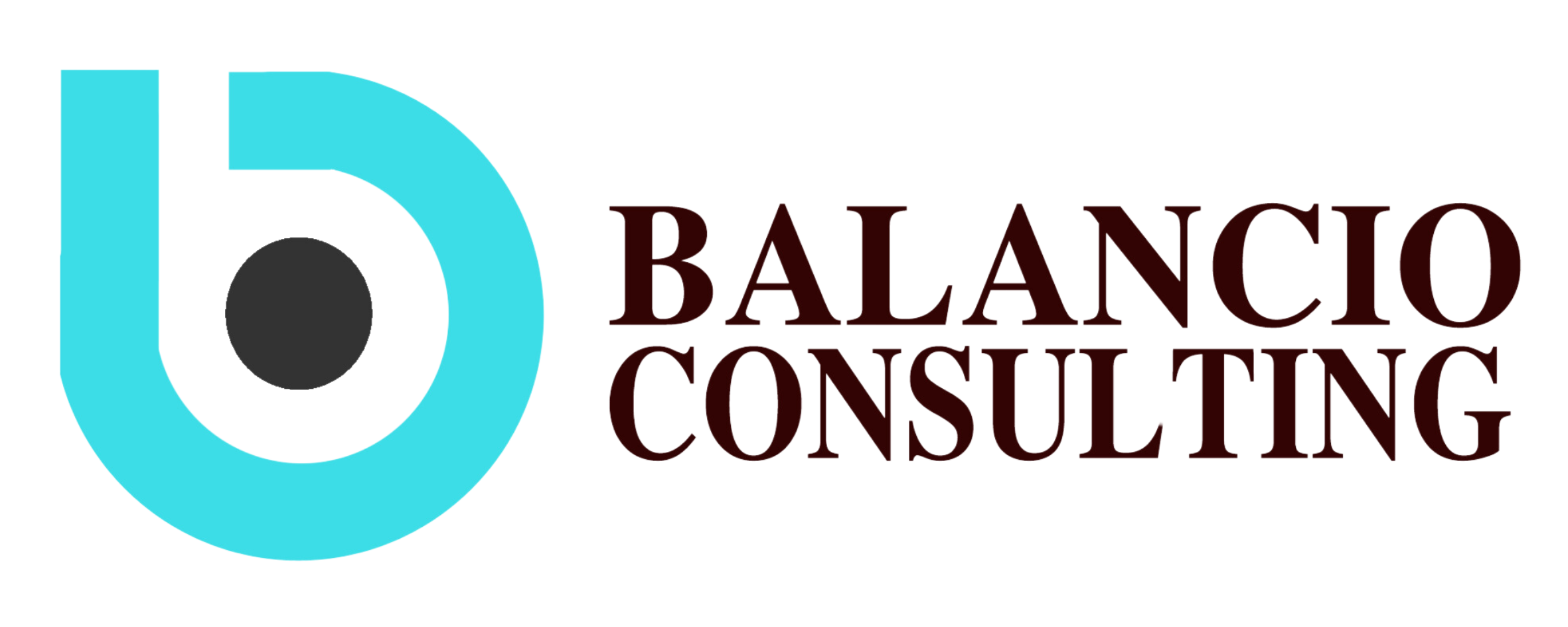
Financial forecasting is a critical process for any business, whether it’s a startup seeking to understand its cash flow or a well-established company planning its future growth. It involves predicting future financial performance by analyzing past data and current trends. This forecast provides valuable insights for decision-making, such as planning investments, securing funding, or setting realistic business goals. Accurate forecasting not only influences the company’s financial strategy but also helps attract investors, secure credit, and guide management decisions.
Here are seven essential tips for beginners looking to create an effective financial forecast:
1. Define the Purpose of the Forecast
Before you begin, it’s essential to understand what you want to achieve with the financial forecast. Are you trying to predict sales growth, estimate your company’s future profits, or determine your cash flow needs? Defining the purpose helps you determine the specific data and metrics you need to focus on. For instance, a sales forecast will require a focus on product demand and pricing trends, while a budget forecast will emphasize costs and expenditures.
Having a clear objective will help align the forecast with your business’s strategic needs. Whether you are looking to expand, attract investors, or streamline operations, knowing your goals will guide the entire process.
2. Gather Past Financial Data
The foundation of any financial forecast is historical data. This includes your company’s past financial statements, such as income statements, balance sheets, and cash flow statements. Collecting detailed information about revenue, costs, liabilities, and investments is crucial to ensure the accuracy of your projections.
Historical data provides valuable insights into your business’s past performance, including trends, seasonal patterns, and growth trajectories. If your company has been operational for several years, you can use this data to forecast future revenue streams and expense growth more accurately. However, for new businesses or startups, where historical data might be limited, qualitative methods such as market research or expert opinions can provide necessary insights.
3. Choose the Time Frame for the Forecast
Financial forecasts can be short-term or long-term, depending on the needs of your business. Most companies opt for annual forecasts to align with their fiscal year, but you can choose a time frame that works best for you. Short-term forecasts are typically more accurate as they cover a shorter time frame, reducing the impact of unexpected changes. Long-term forecasts, which may project three to five years into the future, are more speculative but useful for strategic planning and investment purposes.
When choosing your time frame, consider both internal and external factors that may impact your forecast, such as industry trends, economic conditions, or potential new market opportunities.
4. Select a Forecasting Method
There are two primary methods for financial forecasting: quantitative and qualitative.
- Quantitative forecasting relies on historical data and statistical methods to predict future performance. This approach is ideal for businesses with a solid track record of data that can be used to identify trends and patterns. For example, you can use past sales data to project future revenue or expenses.
- Qualitative forecasting is based on expert opinions and market research. This method is often used when historical data is unavailable or insufficient, such as in new businesses or markets. While this approach involves more assumptions, it can provide valuable insights into future trends based on market conditions and expert forecasts.
Select the method that best aligns with your business’s specific needs and the data you have available. Many businesses find that a combination of both approaches works well, using quantitative methods to project based on data and qualitative insights to fill in gaps or anticipate market changes.
5. Document and Monitor Results
Once the forecast is created, it is essential to document your assumptions and results. Keep detailed records of the methods and data used, and track your financial performance against the forecast regularly. Since no forecast is 100% accurate, monitoring it over time will help you adjust as new info rmation becomes available or as circumstances change.
For example, significant changes in the market or unexpected operational shifts could render your original forecast obsolete. Regular updates ensure that your forecast remains relevant and useful for decision-making. Implementing forecasting software can help automate this process, making it easier to track progress and adjust forecasts as needed.
6. Analyze the Financial Data
Financial analysis is crucial for effective forecasting. Continuously analyzing your financial data helps ensure the accuracy of your forecast and provides insights into how well your business is performing. Regularly comparing actual results to your forecast helps you identify any discrepancies and make necessary adjustments.
Moreover, ongoing financial analysis can reveal critical insights about your company’s profitability, cash flow, and financial health. These insights can be used to refine your forecast, plan better for future periods, and make more informed business decisions.
7. Repeat the Process Regularly
Financial forecasting is not a one-time task it is an ongoing process that should be revisited periodically. At the end of your chosen time frame, you should repeat the forecasting process using updated data and market conditions. Regular forecasts allow your business to stay on track, anticipate challenges, and capitalize on new opportunities.
The frequency with which you update your forecast will depend on your business’s specific needs. Some companies update their forecasts quarterly, while others may do so annually or even monthly during periods of rapid growth or market volatility.
Conclusion
A robust financial forecast is essential for steering your business toward a secure future. By following these seven steps—defining the purpose, gathering historical data, choosing a time frame, selecting the appropriate forecasting method, documenting and monitoring results, analyzing financial data, and repeating the process—you can create a reliable financial forecast that helps guide your business decisions. Regular updates to your forecast, paired with careful monitoring of your financial performance, will ensure that your business remains agile and prepared for the future. However, if you are unsure about how to create an effective financial forecast, BalancioIndo is here to assist you. With expert guidance and cutting-edge tools, BalancioIndo can help you navigate the complexities of financial forecasting, ensuring your business is on the right track toward achieving its financial goals.












